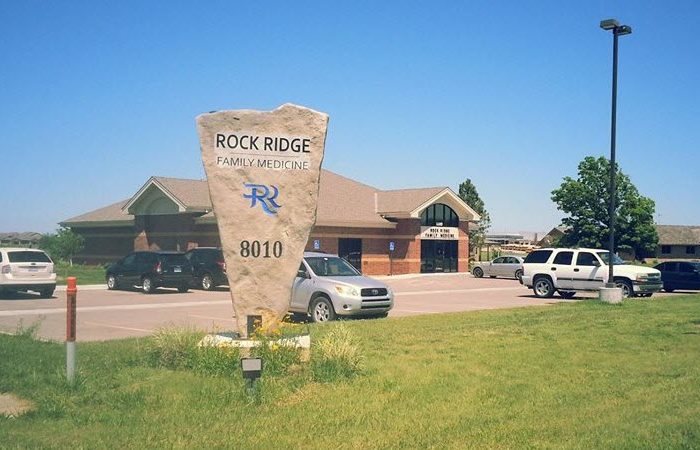
Allergy Symptoms & Treatment | List of Different Types
Allergies are a number of certain conditions caused by hypersensitivity of the immune system to something in the environment that usually causes little or no problem to most other people.
Typical Indoor Allergens:
- Mold – This culprit is a fungus which grows especially well in areas which are damp including bathrooms and basements. They have small spores which enter the air causing allergies to flare.
- Animals – The dander, saliva, and urine of animals contain a protein which causes an allergic reaction in many individuals.
- Dust Mites – Mattresses and bedding are the perfect breeding ground for these microscopic bugs. Their feces is the actual allergen culprit, when their waste and remnants of their remains circulate through the air they create allergy symptoms.
Allergy flares can be different for everyone, but most people experience these general symptoms:
- Itchy/watery eyes
- Itchy/runny nose
- Coughing/sneezing
- Dark circles under the eyes
List Of Types Of Allergies
You could be allergic to drugs, chemicals, bees, food (like gluten), peanuts. Even rare things like sunlight or leather.
BEST ALLERGY MEDICINE FOR KIDS
There are several popular brands that work in a few different ways. Some of these are antihistamines, and others are antihistamines mixed with a decongestant, and within these categories there are short term and long term time released.
Benadryl
Benadryl is the perfect example of a short term allergy medicine. It can be taken every 4-6 hours, and you should not exceed 6 doses in 24 hours. Benadryl can be used to treat runny nose, itchy watery eyes, sneezing, or itchy nose and throat, and is approved over the counter for children over the age of 6. A doctor should be consulted before giving a child ages 2-6 Benadryl, and a child under 2 should not receive any.
Zyrtec
Zyrtec should be taken once daily, never exceeding more than 10 mL in a 24 hour period. The dosage should be decided on by your doctor depending on the severity of the symptoms. Adults and children over 6 are generally recommended to take either 5 mL or 10 mL. Children 2-6 may take a once daily dose of 2.5 mL, if symptoms are severe they can be given a dose of up to 5 mL once daily or 2.5 mL every 12 hours. A doctor should be consulted before giving a child 2 or under Zyrtec.
Claritin
Claritin is also a once daily antihistamine. It is approved to be used for symptoms related to hay fever or other upper respiratory allergies including itchy nose, throat, or eyes, sneezing, or runny nose. Children ages 2-6 can take up to 5 mg per 24 hour period, and children 6 and above may take no more than 2 tablets which would total 10 mg in a 24 hour period. A doctor may be consulted for children under 2.
In any case when choosing the proper medication for your child it is a good idea to work as a team with your doctor to find the best route to take. Here at Whitefish Family Doctor Medical Clinic we will work with you to find the best answer to your child’s specific allergy needs, whether that is for a year round allergy, or just to keep the hayfever at bay so your little one can participate in their favorite outdoor activity.
There are many options available to your child, and we will help find the one that fits you personally. Our staff wants to help your child enjoy being a child, so let us help you get your child outside again.
When to see the doctor for allergies?
You know it’s time when your allergies feel like they are interfering with your quality of life. When it goes beyond temporary sneezing, watery or itchy eyes and runny nose.
You can see a family physician first, if the symptoms are present that call for going to a specialized allergy doctor, your family physician will tell you.


Leave a Comment